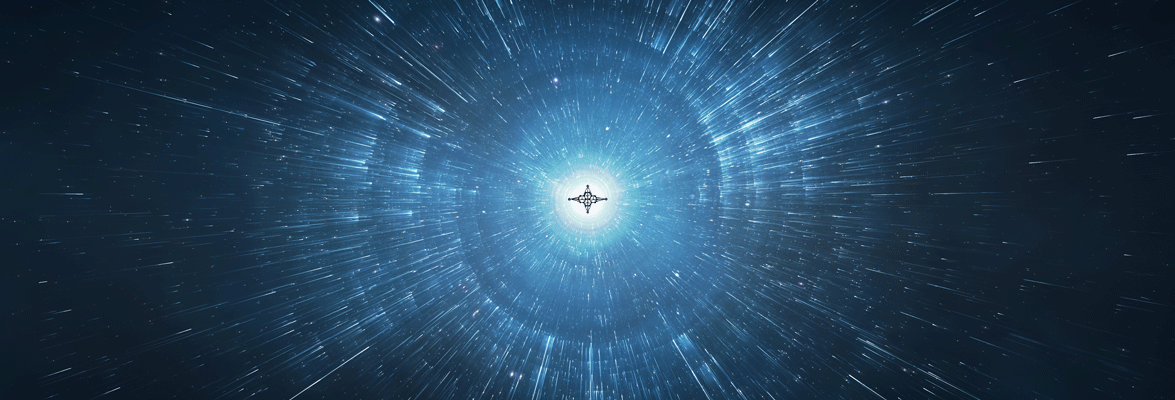15 July 2016
As reported on July 2, exoplanets have been discovered in two of the GAIL Earth star systems. According to Wikipedia, the closest of these, 82 G. Eridani (HD 20794), has appeared at least in eight science-fiction stories beginning with Poule Anderson’s Orbit Unlimited in 1961 and including the Handbook for Space Pioneers in 1978. Stephen Dole of the Rand Corporation gave 82 G. Eridani a one-in-18 chance of possessing a human-habitable planet in his 1964 book, Planets for Man (with Isaac Asimov).
In August 2011, the journal Astronomy and Astrophysics published a paper[i] with evidence of two and possibly three planets orbiting 82 G Eridani. The method of discovery was by means of an instrument called the “High Accuracy Radial Velocity Planet Searcher” (HARPS) built by the European Southern Observatory. The observations were made by Francesco Pepe using the 3.6-meter telescope at the La Silla Observatory in Chile. (82 G. Eridani isn’t visible from the northern hemisphere.)
The radial velocity method measures the wobble of stars using the Doppler effect. When the star moves toward the observer, its light appears more blue. When it moves away, it is more red. The velocities being measured at distances of 20 light years are no more than 15 kilometers per hour, the speed of a bicycle.
Astronomers assume that the velocity changes are caused by unseen bodies orbiting the star. By means of complex computer simulations, scientists attempt to fit the observed velocity changes to a mathematical model of planets orbiting a star. In the case of 82 G. Eridani, the best fit was obtained by assuming three planets orbiting the primary.
The three planets have years of approximately 18, 40, and 90 Earth days. These periods indicate that the planets orbit closer to the star than the habitable zone; it ranges from 0.95 to 1.7 astronomical units (AU). Even the most distant planet with a period of 90 days lies just 0.35 AU from the primary. Astronomers estimate its temperature to be in excess of 100 degrees C, too hot for life as we know it.
|
Planets of 82 G. Eridani for which there is evidence |
||||
|
Designation |
Period (solar days) | Mass (X Earth mass) | Distance from primary (AU) |
Equilibrium temperature |
|
b |
18 | 2.7 | 0.12 | 387 |
|
c |
40 | 2.4 | 0.20 |
235 |
| d | 90 | 4.8 | 0.35 |
115 |
Because of random variations in measurements and the uncertainty of calculating multi-body orbits, astronomers can’t say with certainty how many planets actually orbit 82 G. Eridani. The paper’s authors are confident about the existence of the inner- and outer-most planets. But they write, “Gathering more date may be the only way to confirm the existence of the third planet.”
Even the planet closest to the habitable zone is too massive for people. At 4.8 times Earth’s mass, the gravitational attraction at the surface would be 70 percent higher than Earth’s, assuming that its average density were similar.
Even though astronomers have found evidence of only three planets orbiting 82 G. Eridani, there is no reason there couldn’t be more. A smaller planet like Poseidous may orbit 82 G. Eridani in the habitable zone, exerting so little gravitational tug on the star that its radial velocity is unaffected. The presence of the larger planets does not preclude smaller ones further out. Smaller, less massive Mars has orbited outside larger Earth and Venus for billions of years.
In 2012, a bevy of astronomers using observations made with the Herschel orbiting observatory of the European Space Agency reported in the Monthly Notices of the Royal Astronomical Society evidence of a debris field orbiting 82 G. Eridani at a distance between 5 and 19 AU. Like the belt of asteroids between the orbits of Mars and Jupiter in the Solar System, the debris field of 82 G. Eridani is not inconsistent with an earth-sized planet orbiting about one AU from its primary.
Of course the radial velocity changes of 82 G. Eridani may not be caused by three super-earth-sized planets but by some other phenomena we can’t yet imagine. No instruments we have today can resolve a planet orbiting a star. Might the RV changes be caused by a worm hole providing a portal to other regions of the galaxy? How about a giant structure such as the Ringworld built by a race far more advanced than ours? We won’t know until we send out something or someone to take a look or until we develop much better instruments that we can use from Earth.
[i] “The HARPS search for Earth-like planets in the habitable zone I. Very low-mass planets around HD20794, HD85512, and HD192310” by F. Pepe1 et. al. Astronomy & Astrophysics 534, A58 (2011)
